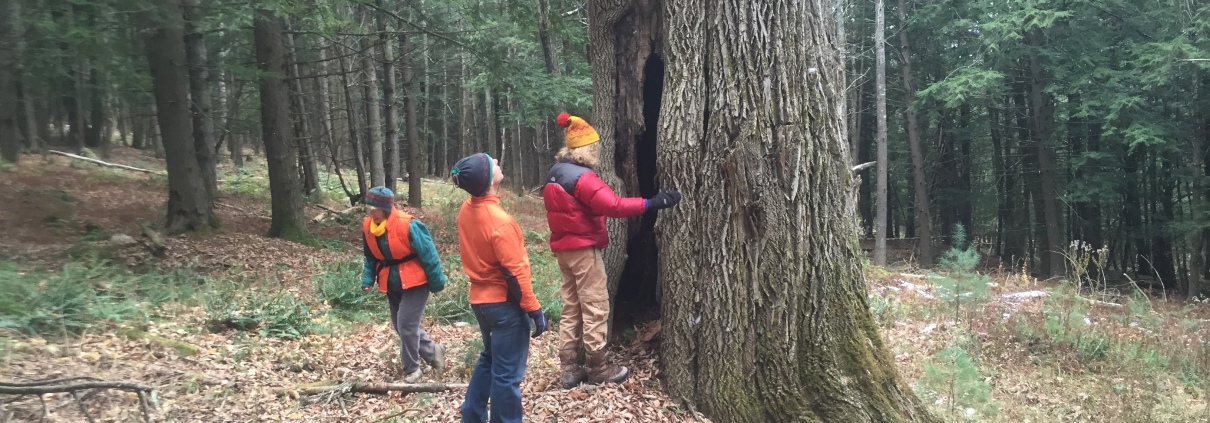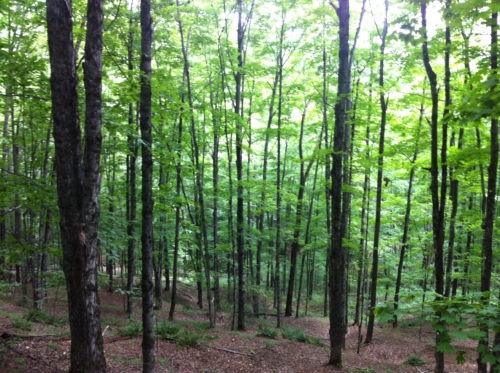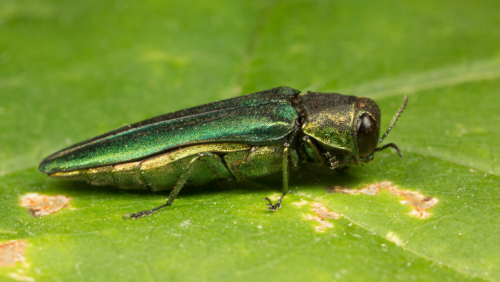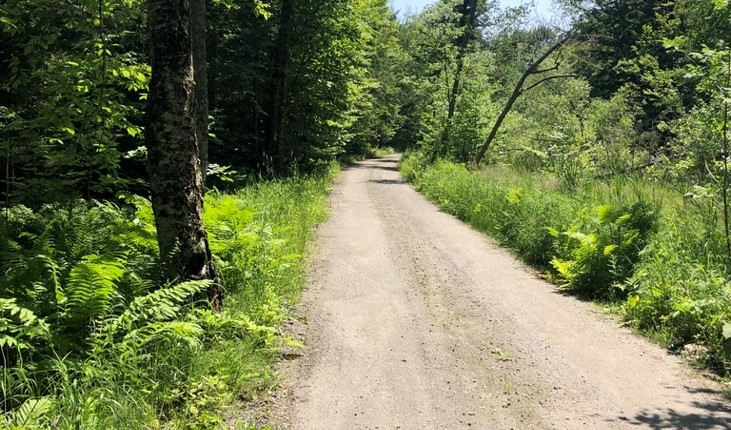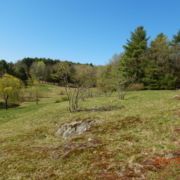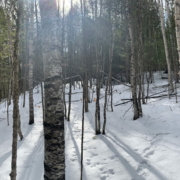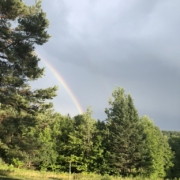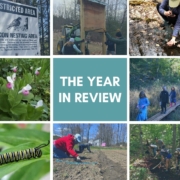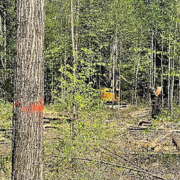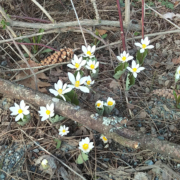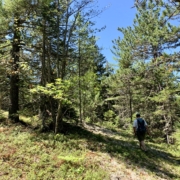The Future of Ash Trees in Vermont
Researchers from the University of Vermont and Dartmouth College have been studying emerald ash borers at the Clement Woodlot in Corinth – land owned by the college and protected by the Upper Valley Land Trust.
The Clement Woodlot is in a remote, densely forested area of Corinth, only accessible by a somewhat perilous dirt road. The 700 acre property was given to the college in the 1920’s and was conserved with UVLT in 2008. The property is actively managed for timber and its elevation and the soil composition support mainly sugar maples, yellow birch, and a high percentage of white ash.
These ash trees are what bring the researchers to the site. The ash trees make up around 40% of the canopy, and that’s a lot for a site in Vermont. Vermont is one of the most recent states to find evidence of the Emerald Ash Borer, a non-native wood-boring beetle that attacks native ash trees. Emerald Ash Borer larvae are extremely destructive to the trees, eating the inner bark and limiting the trees ability to transport water and nutrients. While ash borers haven’t been found in the Clement Woodlot yet, they have been found in other areas of Orange County, not too far away.
The researchers, along with Dartmouth Forester Kevin Evans, are out at the woodlot to monitor the forest and attempt to develop strategies to managing the forest for resiliency. To that end, they have installed sensors that monitor a wide variety of variables including air temperature, water, solar radiation, snow depth, and carbon released from the soil. They intend to use the collected date to answer questions about the forest, about ash stands, and about broader questions around climate change and adaptability. They have also created experimental forestry plots to try and figure out the best forestry methods for creating Emerald Ash Borer resilient ash trees. You can read the fully story in the Valley News.
UVLT is also studying ash stand regeneration in Pomfret, at the Old Town Farm property. Working with our consulting forester and the county forester, we have come up with a management plan that is specifically designed to promote the regeneration of healthy ash trees. The plan involves identifying mature, healthy female ash trees and cutting openings near them that are at least a quarter acre in size. This process will ensure that we retain healthy ash trees for their value to the forest landscape, and that any ash trees that are able to survive an Emerald Ash Borer attach will be able to grow to maturity in those openings.

